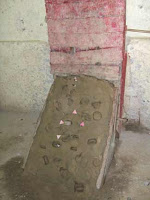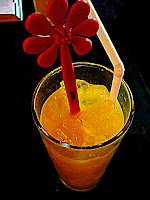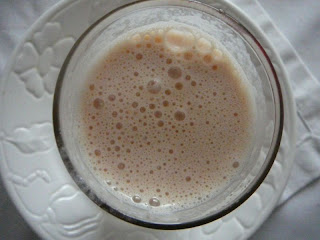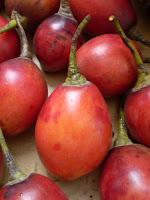Older Child Socialization -- More from Jane
Here is Part #3 in our series on older child adoption from Jane -- a mom who has "Been There, Done That!" If you are considering adopting an older child, you will find Jane's posts very informative and insightful. Also, you will find a link to Jane's Foundation at the bottom. For adoptive families, it's easy to integrate a newborn or toddler into your family and friend groups. Parents rely on friendships made in play groups, nursery school, church, preschool or day care. It's up to the parents to help their children create bonds with peers; sometimes lifelong bonds. Having to socially integrate your newly adopted preteen or teen is harder. There may be some behaviors that your new family member will exhibit that may not lead to immediate friendships with kids his/her own age. Some older adopted children will have had the advantage of having been raised in a foster home. So, even though they were subjected to constant uncertainty about their future, they were...







